Erwin van Lokeren – Minimalism Moves Mountains
Posted on July 8, 2021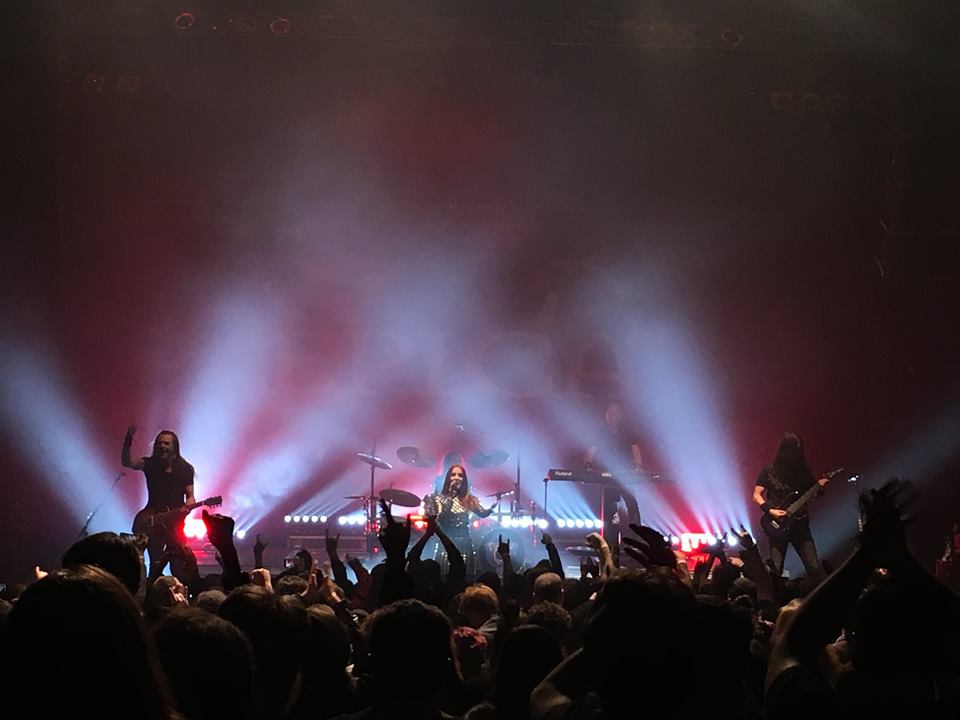
“I apologize for such a long letter, I didn’t have time to write a short one,” Mark Twain reportedly once told a friend. The 19th century American humorist liked to recount this story to emphasize the power of minimalism. In his case, this involved paring language down to its core to make more powerful points than others could with long, flowery prose.
It is a philosophy not unlike that often followed by Erwin van Lokeren in his lighting designs for Epica, Racoon, Triggerfinger and other bands. Avoiding many of the bigger eye-candy elements often found on tours, the Belgian-based LD moves audiences and supports his clients’ music with stark (sometimes unsettling) deep, industrial looks created with smaller rigs, even at larger venues.
This isn’t to suggest that his shows are subdued. Far from it! Constantly weaving new ideas into his designs, he transforms stages by creating haunting silhouettes, compelling back drops and hitting band members with subtle, but intense side lighting from unexpected angles.
In this interview, van Lokeren shared insights with us into the power of minimalism.
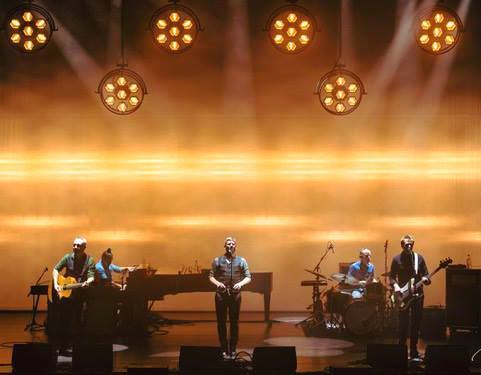 Bart van der Weide singer for Raccoon once said of the band’s shows, “We don’t bring confetti canons, exploding cars nor naked ladies.” You always honor their wishes by sticking to minimalistic rigs, yet you always manage to create powerful looks. How do you accomplish this?
Bart van der Weide singer for Raccoon once said of the band’s shows, “We don’t bring confetti canons, exploding cars nor naked ladies.” You always honor their wishes by sticking to minimalistic rigs, yet you always manage to create powerful looks. How do you accomplish this?
“I think my secret for this is to use a lot of specials. By specials I mean special types of lights or ideas that are used only once in the show or for a particular song. So you don’t see the same look every song. When I’m creating a new show I almost always start looking for the specials in the show and then the main rig. Small things on the right moment can make a big difference sometimes for the sensation of a show.”
On one tour for Epica, you used very little color, and relied instead on movement. Can you tell us how movement evoke emotions?
“For Epica, and the music they’re playing, it’s all about timing and creating the right look on the right time. The power to light up this band in the right way is all about diversity in the looks and not the colors. Sometimes I have only light from the back or from the side or from the top, but it’s always spot on in the music, so it can create an extra dimension in the song to highlight some parts on the right time”
You’ve been with both Epica and Racoon for well over ten years. Yet, you keep your looks for them fresh from one tour to the next. How do you get inspired to come up with new ideas?
“New ideas often come from seeing new products on the market that I can use to create a show. Depending on the product, your creativity will directly kick in and your brain starts to run. I also find a lot of inspiration from other lighting designers. Lately a lot of series on things like Netflix can give me some ideas. Just looking at a series or a movie can make my brain run.”
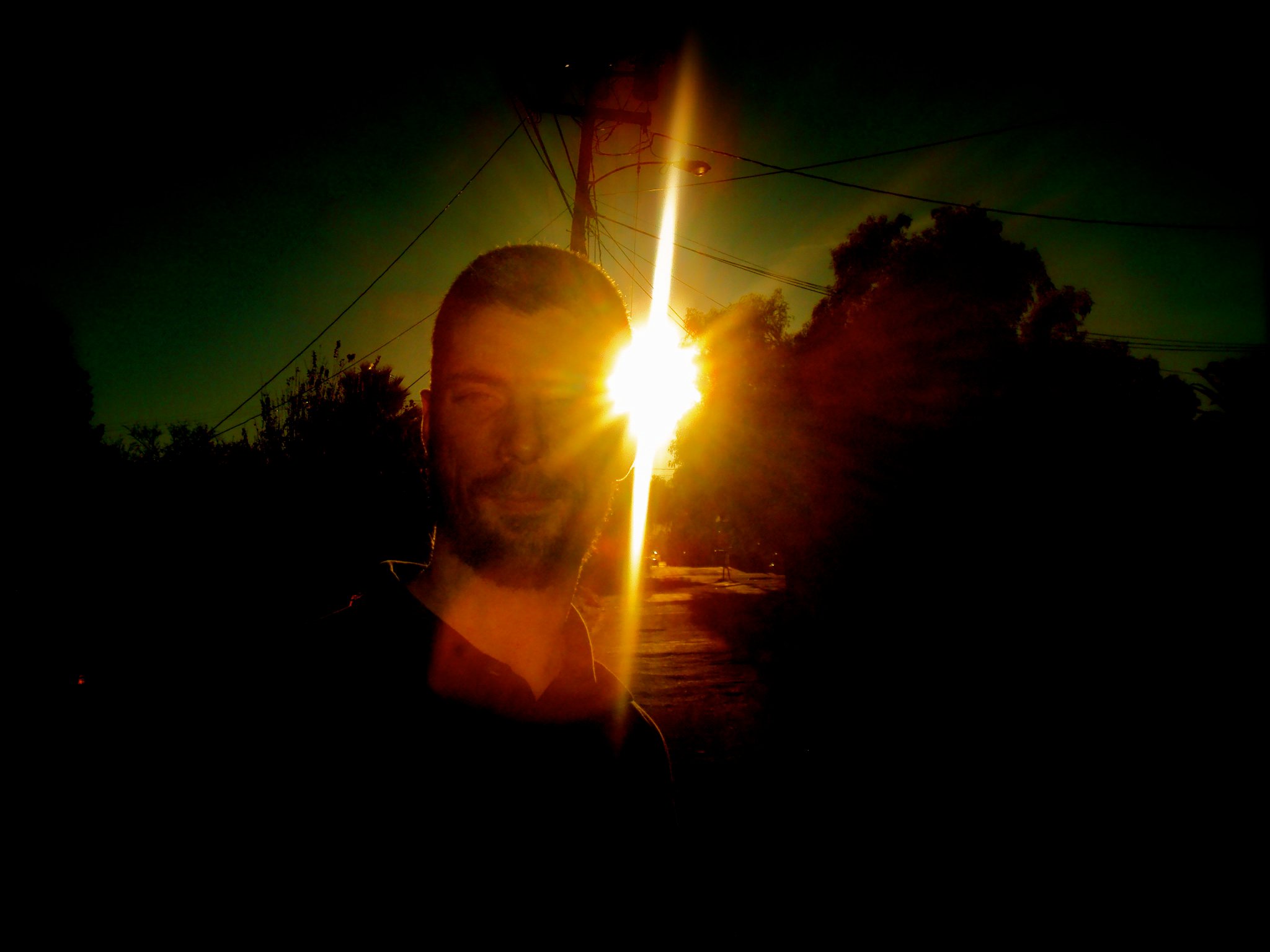 How important is the relationship with clients to your design process?
How important is the relationship with clients to your design process?
For me it’s important that you create a friendship based relationship and you can communicate open and directly. So, I know how they are and they know exactly how I am. This works very well for me. I prefer to have direct contact with the artist, so I can understand what he/she/they want and not deal with intermediaries.”
Do you ever busk?
“I actually never busk. I’m working 100-percent for music bands, so I can preprogram all the shows because I know the songs — and these days with the easy morphing/cloning options on light desks it’s so easy, even with a completely different rig every day.
You’ve done a lot of festivals as well as indoor shows, both in arenas and clubs. We know there are technical differences between lighting outdoors and indoors, but does the mood of your show change if it’s outside?
“For this I must say it’s all about the right fixtures you’re using. Most of the time indoor shows are easier because its completely dark, the haze or smoke are much better controlled, so even with fewer lights you can create something. But when it comes to outdoor, for me the biggest struggle is always the haze/smoke, because this is 90-percent of what I need to create the right atmosphere. So, I try to create always the same mood even for the outdoors shows, but most of the time you need to adapt to the situation and find a mid-way in that.”
On the subject of haze and fog, you make great use of atmospherics in many of your shows. How do you determine how to use – and not overuse them?
“It’s all about your feeling as a designer. You have to determine what will work for your show. Some shows I love to overuse smoke at some moments to create the right dramatic look, but for other shows I use much less smoke otherwise some looks will not have the right effect.”
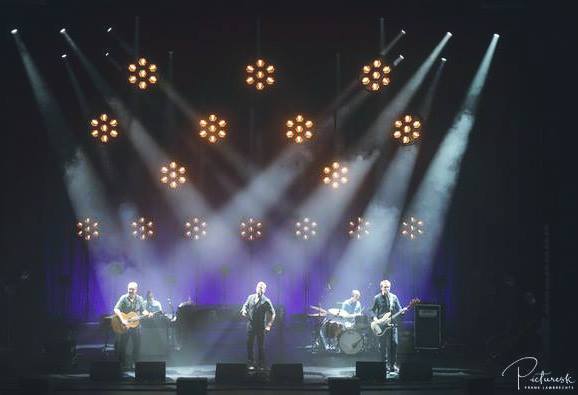
Is there an Erwin van Lokeren look that runs through your shows?
“The answer will have something to do with backdrops and giving them the right light. For me, that is the final touch to a show because a backdrop with the right light on it determines a lot the atmosphere or look you try give for a show.
What are your greatest strength and weakness as a designer?
“Both revolve around the creative part of the process. My strength is always trying to make my work better so there’s no end to how it can go. My weakness is because I put the bar so high, it’s difficult to say ‘ now it’s good , this design is finished.’ Instead, I may keep thinking until the end maybe this should be changed or this is maybe better.”
What are your thoughts on silhouetting?
“One of my favorite points in a show is when I use silhouetting. I think for the people that knows me as an LD that this is an important part of my shows.”
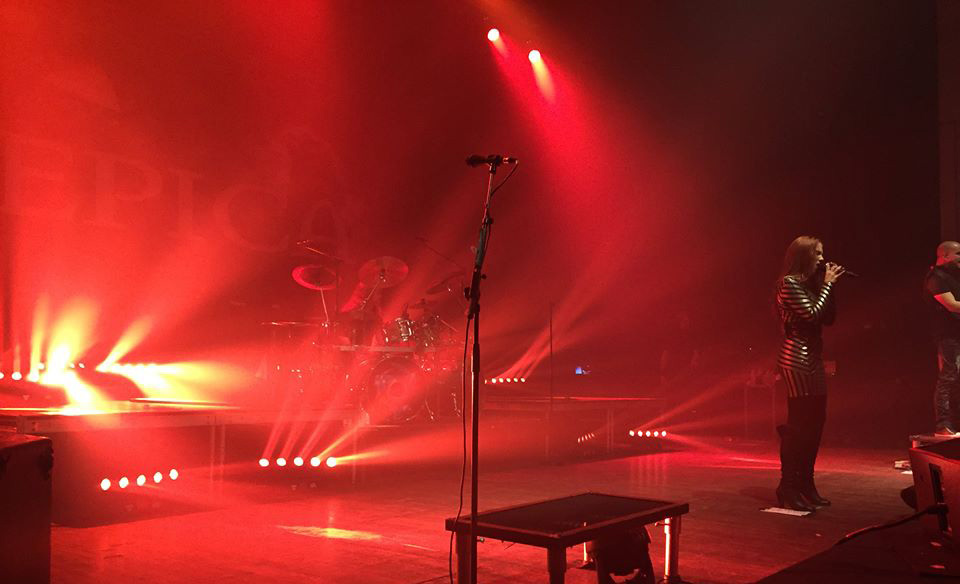
We talked about industrial looks and minimalism, but do you ever do big extravagant shows? Do you approach those differently?
“I just recently worked on a big show ( still secret) which was over the top with decoration/flames/pyro band setup. For that kind of show, you adapt to give it the look that it deserves .I don’t approach it differently but I think bigger to meet the needs. I want to create and what is expected.”
How would you like to be remembered as a designer?
“It would be nice if I could be remembered the LD that makes people smile when they look at a show.”